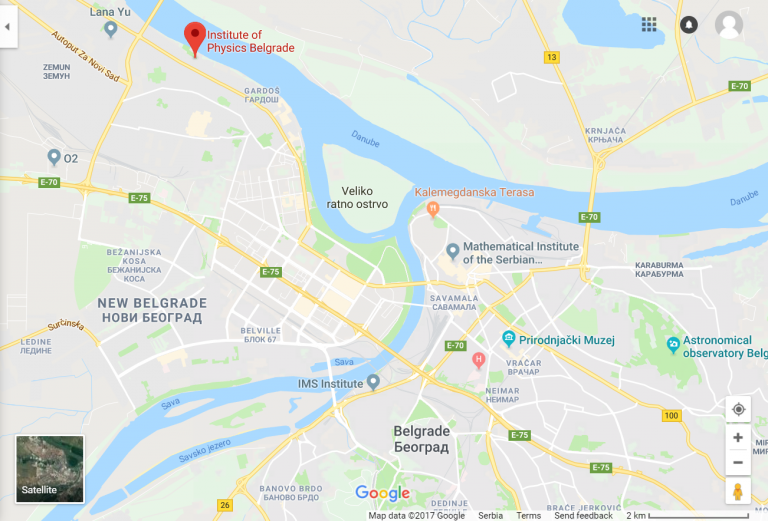Ivan won the Student prize of Institute of Physics
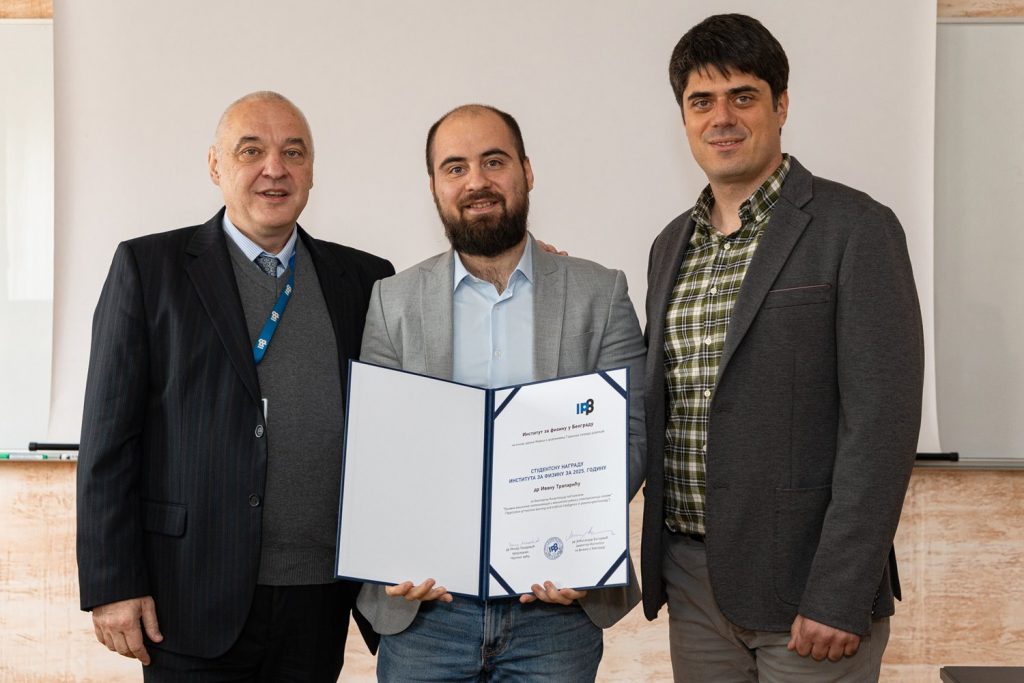 We are proud to announce that Ivan won the Student prize of Institute of Physics Belgrade, for the results obtained in his PhD thesis titled “Application of Machine Learning and Artificial Intelligence in Plasma Spectroscopy”. Thesis advisors were Doc. Dr. Marijana Gavrilović Božović from Faculty of Engineering of University of Kragujevac and Dr. Milivoje Ivković from Institute of Physics Belgrade.
We are proud to announce that Ivan won the Student prize of Institute of Physics Belgrade, for the results obtained in his PhD thesis titled “Application of Machine Learning and Artificial Intelligence in Plasma Spectroscopy”. Thesis advisors were Doc. Dr. Marijana Gavrilović Božović from Faculty of Engineering of University of Kragujevac and Dr. Milivoje Ivković from Institute of Physics Belgrade.
We wish him all the best in his future work!
Nikola’s first publication
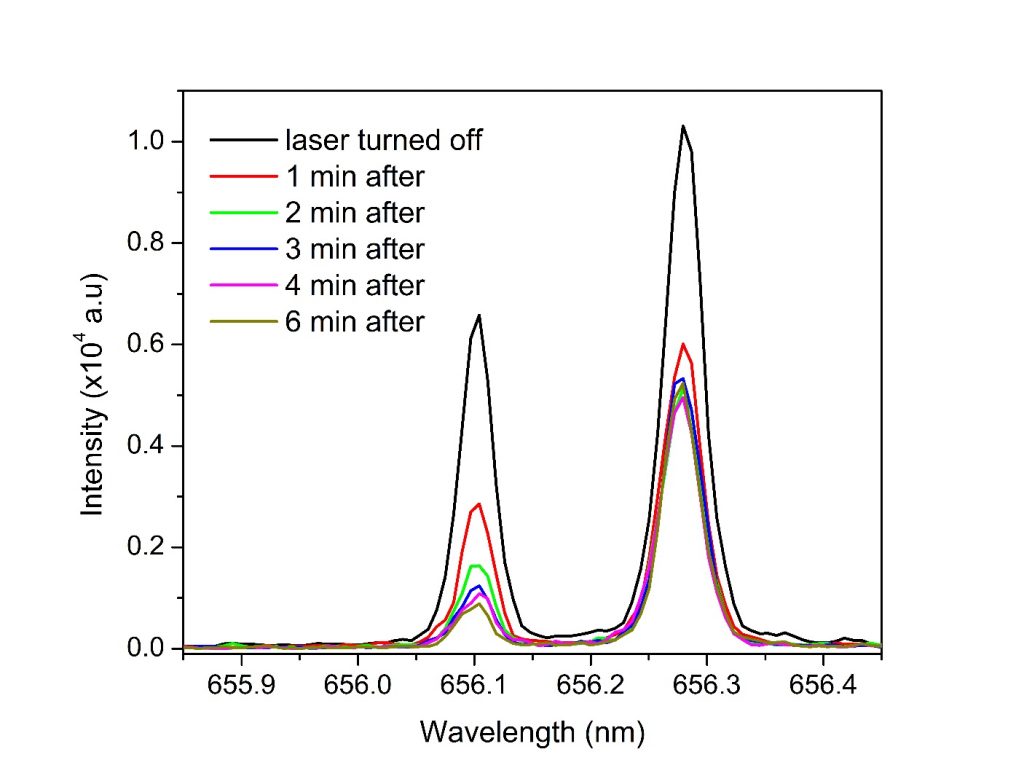
We are happy to inform you that Nikola has published his very first article together with Ivan, Bilja and Ivke from PSL lab and Dragan Ranković and Prof. Miroslav Kuzmanovic from Faculty of Physical Chemistry. Paper is entitled Hydrogen isotopes retention studies using laser and microwave induced plasma coupling (https://doi.org/10.1038/s41598-025-96546-x) and it was published in Scientific Reports.
New publication by Bilja, Ivan and Ivke
Bilja, Ivan and Ivke, together with our former colleague Marijana Gavrilović Božović published a paper about detection of absorbed neutrons in first wall of future fusion devices from measurements of Re content in WRe alloy using Laser Induced Fast Pulse Discharge (LIFPD). More about this on: https://doi.org/10.1016/j.fusengdes.2025.114943
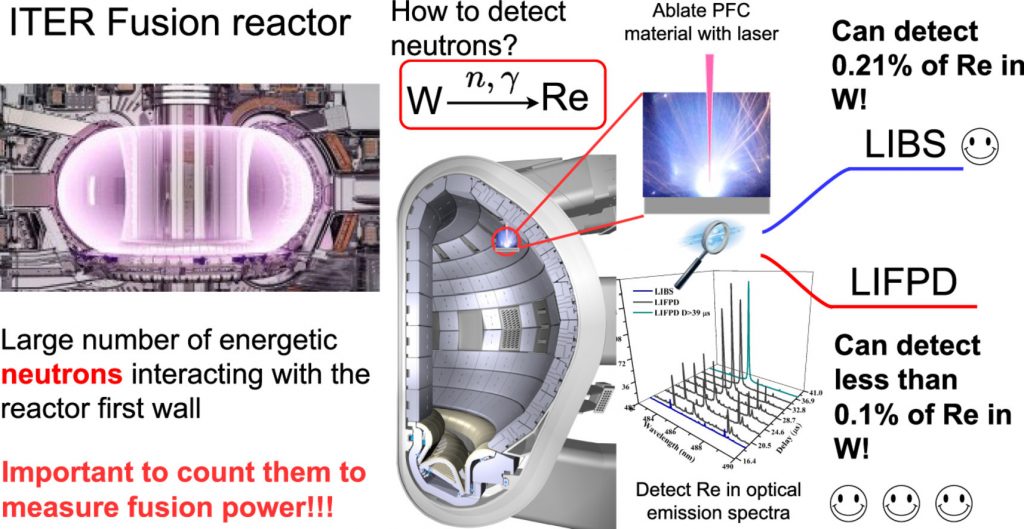
Project NOVA2LIBS4fusion finished
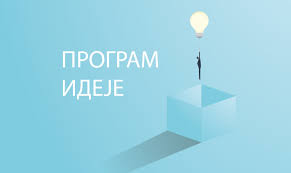 We are proud to announce that the project NOVA2LIBS4fusion financed by the Science Fund of the Republic of Serbia is officially finished. The project had researchers from four institutions (IPB served as leading institution, along with Vinca Institute of Nuclear Sciences, Faculty of Physical Chemistry and Faculty of Engineering) working together on the improvement of the analytical capabilities of LIBS for the analysis of the plasma facing components (PFCs) of future fusion reactors, as well as its optimization for in-situ application. During the period of three years, we published 5 papers, while 4 are sent to relevant journals and peer review is underway.
We are proud to announce that the project NOVA2LIBS4fusion financed by the Science Fund of the Republic of Serbia is officially finished. The project had researchers from four institutions (IPB served as leading institution, along with Vinca Institute of Nuclear Sciences, Faculty of Physical Chemistry and Faculty of Engineering) working together on the improvement of the analytical capabilities of LIBS for the analysis of the plasma facing components (PFCs) of future fusion reactors, as well as its optimization for in-situ application. During the period of three years, we published 5 papers, while 4 are sent to relevant journals and peer review is underway.
Also, as the project has finished, our Head of the Laboratory, Ivke, went into retirement on the 1st February 2025. We wish him happy retirement, good health and all the best in the future!
Ivan defended his PhD thesis
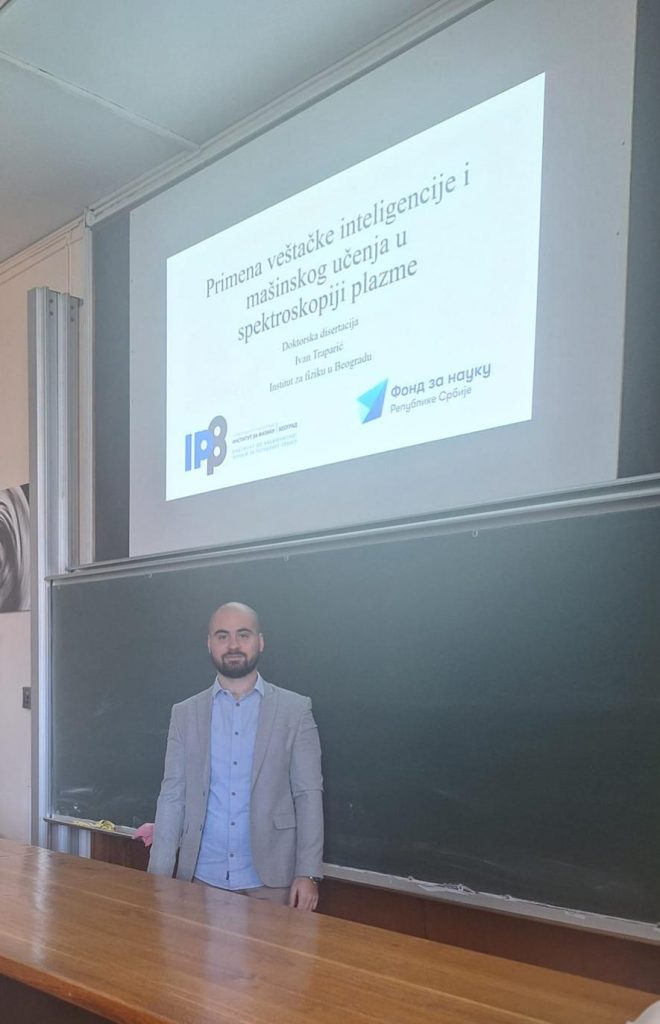 We are proud to announce that Ivan defended his PhD Thesis entitled “Primena mašinskog učenja i veštačke inteligencije u spektroskopiji plazme” (“Application of Machine Learning and Artificial Intelligence in Plasma Spectroscopy”) on 18th October 2024 at the Faculy of Physics of University of Belgrade. Thesis advisors were Doc. Dr. Marijana Gavrilović Božović and Dr. Milivoje Ivković, the PhD Defense Committee president was Prof. Dr. Bratislav Obradović while the Committee members were Prof. Dr. Ivan Dojčinović and Dr. Vladimir Srećković.
We are proud to announce that Ivan defended his PhD Thesis entitled “Primena mašinskog učenja i veštačke inteligencije u spektroskopiji plazme” (“Application of Machine Learning and Artificial Intelligence in Plasma Spectroscopy”) on 18th October 2024 at the Faculy of Physics of University of Belgrade. Thesis advisors were Doc. Dr. Marijana Gavrilović Božović and Dr. Milivoje Ivković, the PhD Defense Committee president was Prof. Dr. Bratislav Obradović while the Committee members were Prof. Dr. Ivan Dojčinović and Dr. Vladimir Srećković.
We wish him all the best in his future work!
Milica is going on a PostDoc studies in Bari
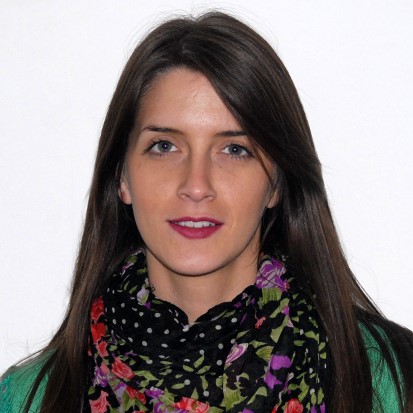 It is our great pleasure to announce that our Lab member Dr. Milica Vinic obtained a PostDoc position at University of Bari in the group of Prof. Dr. Alessandro De Giacomo on a project entitled Enhanced LAser spectroscopy TEchniques for autism Diagnostics in children (ELATED): A combined computational and experimental approach that lasts two years. We wish her good luck in this great new step in her research career and life!
It is our great pleasure to announce that our Lab member Dr. Milica Vinic obtained a PostDoc position at University of Bari in the group of Prof. Dr. Alessandro De Giacomo on a project entitled Enhanced LAser spectroscopy TEchniques for autism Diagnostics in children (ELATED): A combined computational and experimental approach that lasts two years. We wish her good luck in this great new step in her research career and life!
Milica gave an invited lecture at ICSQE2024 conference
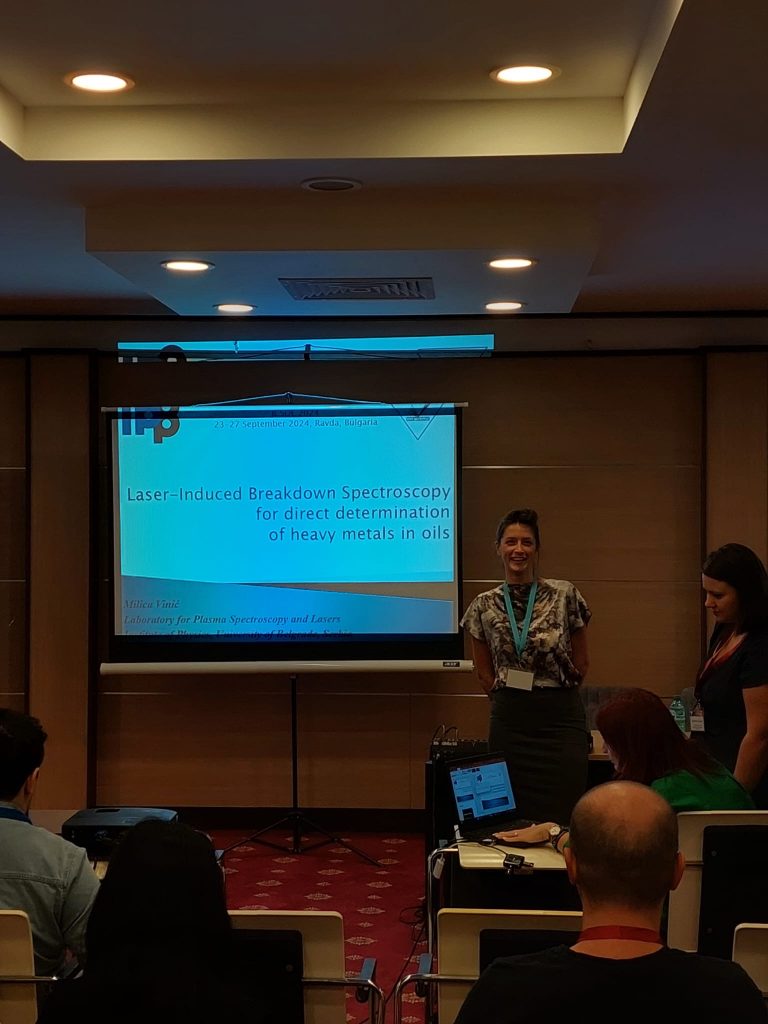 The International Conference and School on Quantum Electronics: “Laser Physics and Applications” (ICSQE 2024) was held from 23rd – 27th March in Ravda, Bulgaria. Milica was invited to give an invited lecture on her work on diagnostics of Laser Induced Plasma from thin oil film. The talk was entitled Laser-induced Breakdown Spectroscopy for direct determination of heavy metals in oils.
The International Conference and School on Quantum Electronics: “Laser Physics and Applications” (ICSQE 2024) was held from 23rd – 27th March in Ravda, Bulgaria. Milica was invited to give an invited lecture on her work on diagnostics of Laser Induced Plasma from thin oil film. The talk was entitled Laser-induced Breakdown Spectroscopy for direct determination of heavy metals in oils.
New paper by Ivan, Bilja and Ivke
During the work on the realization of NOVA2LIBS4fusion project financed by the Science Fund of the Republic of Serbia Ivke, Bilja and Ivan published an article in Spectrochimica Acta B: Atomic Spectroscopy journal entitled Resolving studies of Balmer alpha lines relevant to the LIBS analysis of hydrogen isotope retention
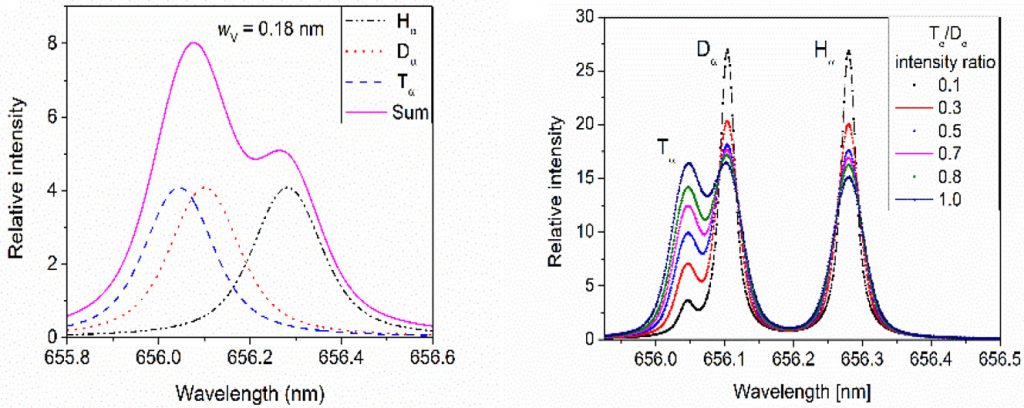
SPIG 2024
Ivke, Biljana, Neša, Milica, Ivan and Nikola participated in 32nd Symposium of Physics of Ionized Gases (SPIG 2024), held in Belgrade at the Serbian Academy of Sciences and Art. Ivke was member of the Scientific Committee for the sixth consecutive time. Ivan was in the Ogranizing Committee, while Bilja served as the co – secretary of the conference.
During the final day of the conference, Ivan gave a progress report lecture entitled “Application of Machine Learning and Artificial Intelligence in Plasma Spectroscopy“.
At the poster presentation part of the conference, Biljana presented the poster entitled “Fast Photography in the Service of Spatially and Temporally Resolved LIBS Diagnostics of Doped Tungsten”, while Ivan presented the posters entitled “Detection of Rhenium in Tungsten Using LIBS with Additional Fast Pulse Discharge” and “Influence of the Ablation Angle Change on Spectral Line Intensities in LIBS Experiments“. Apart from this, we also presented, or participated in the following posters:
Target Selection for LIBS Studies of Hydrogen Isotope Retention – Dragan Ranković, Biljana Stankov, Ivan Traparić, Miroslav Kuzmanović and Milivoje Ivković
During the conference, we also had a pleasure of hosting our friend and collaborator Dr. Chihiro Suzuki – san from NIFS Japan, who gave a talk entitled “Comprehensive Z-dependence Analysis of Soft X-ray Spectra from Highly Charged Heavy Ions Using Magnetically Confined High-temperature Plasmas“.
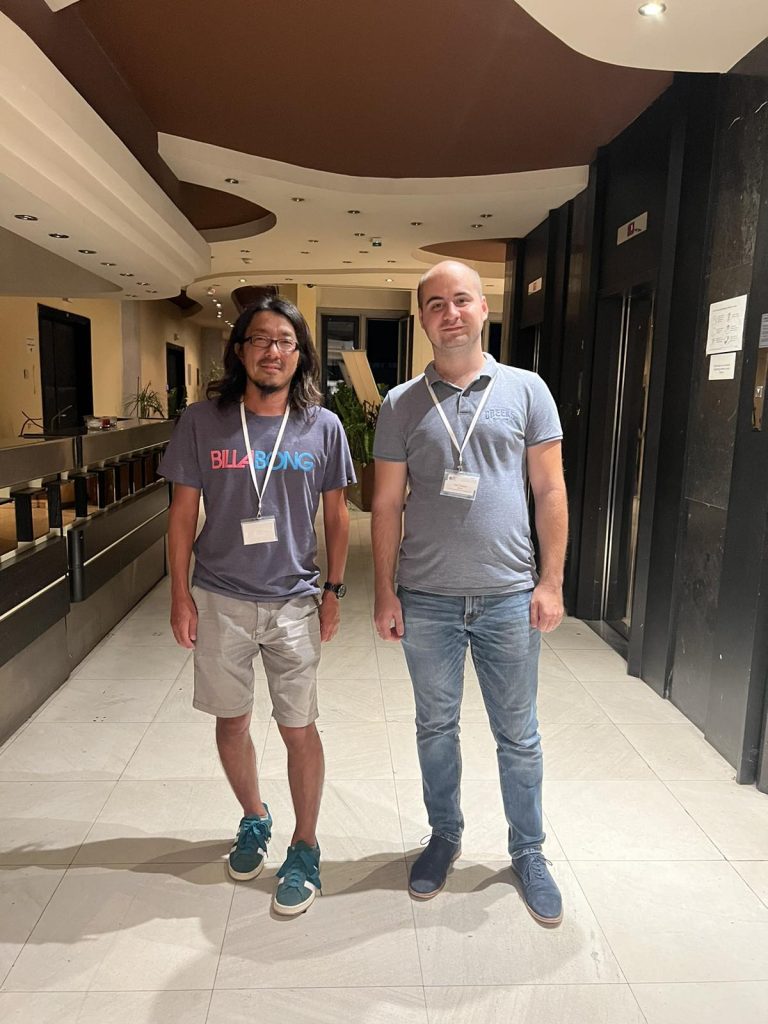
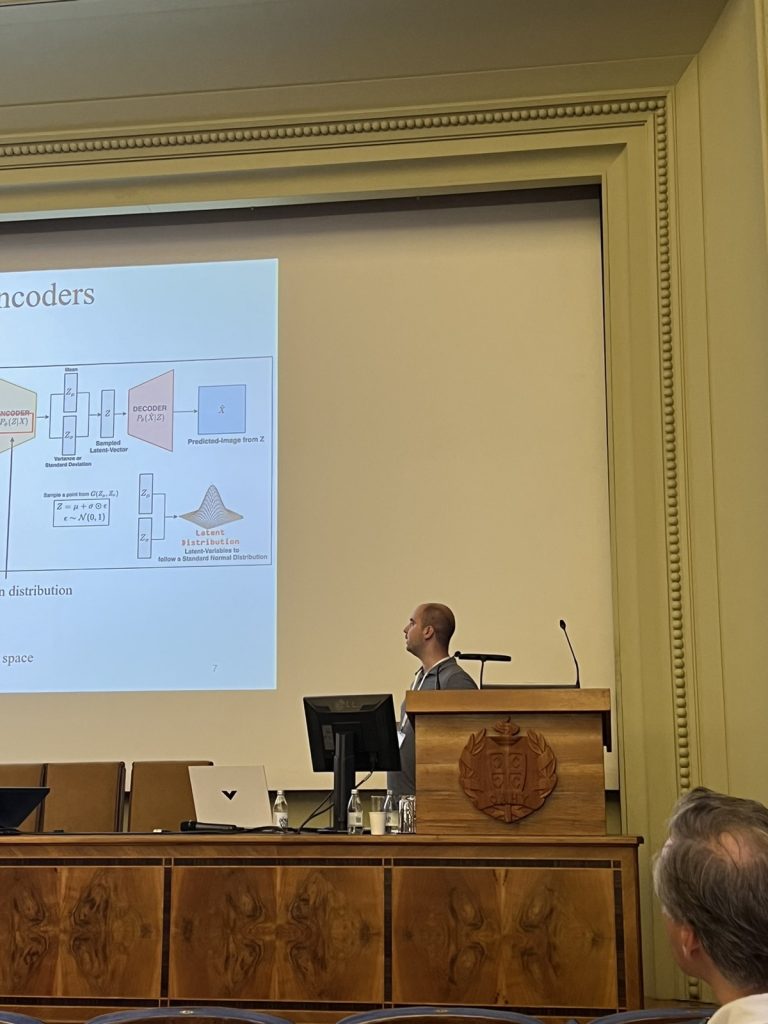
Nikola joined our Lab
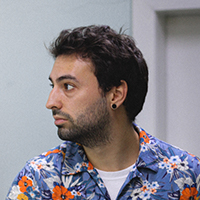 We are thrilled to announce that we have a new member in our Lab! Nikola will do his thesis research in our Lab and we wish him all the best in future!
We are thrilled to announce that we have a new member in our Lab! Nikola will do his thesis research in our Lab and we wish him all the best in future!
